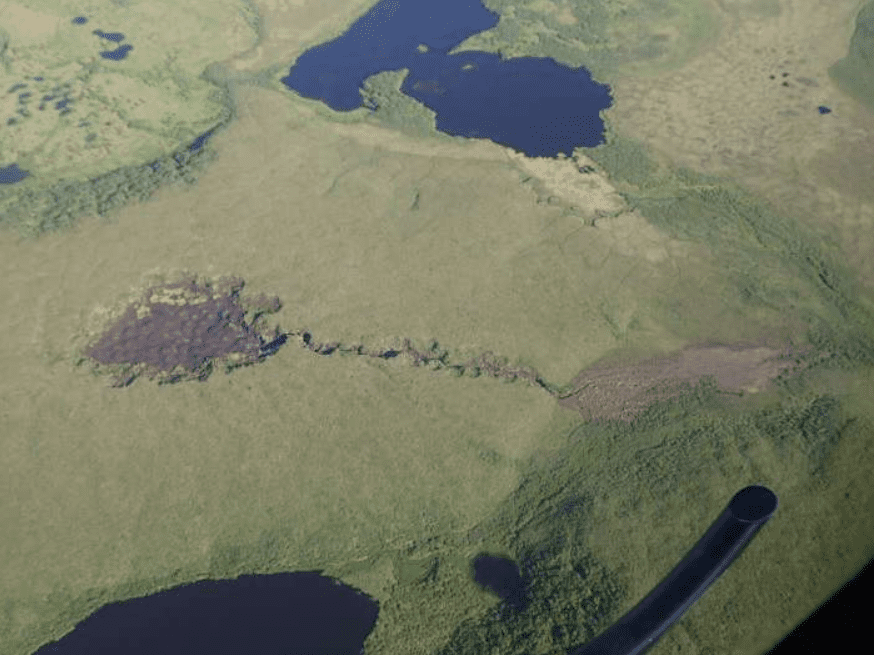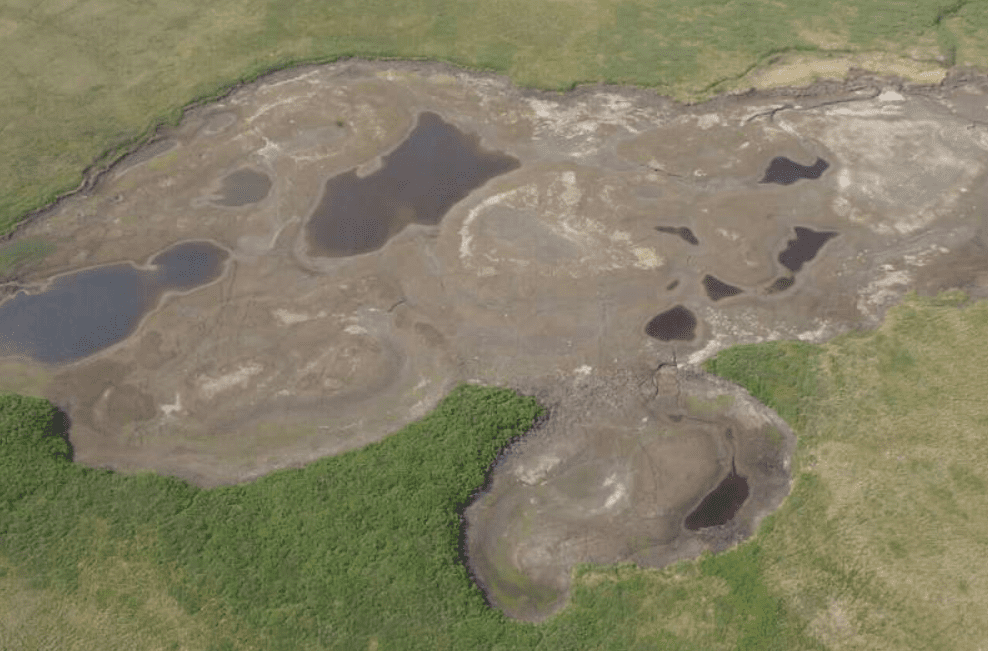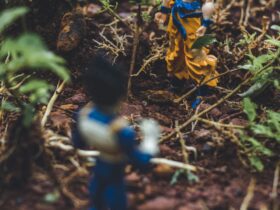According to new data, the pan-Arctic (Greenland, parts of Canada, Russia, Scandinavia, and Alaska) has seen a decline in lake size during the last two decades and is completely drying.
The results provide data on the causes of the mass drying as well as suggestions for slowing the loss. And it will get worse.
Read out below all the shocking details.
The Arctic Lakes Where To: the Future is Bleak
The Arctic has experienced loss before, and it was terrible. So, what’s different this time around?
As the area heats almost four times as quickly as the rest of the world, wildlife suffers, glaciers melt, and habitat loss is accelerating at an unprecedented rate. All of these pinpoint a bleak future for Earth.
The study, which lights a new warning signal on the global climate dashboard, was headed by postdoctoral researchers Elizabeth Webb of the University of Florida.

Study insights
The Arctic environment is supported by disappearing lakes. They offer local indigenous populations and enterprises a vital supply of fresh water. Species threatened or endangered, such as aquatic life and migrating birds, also depend on the lakes’ ecosystems to survive.
“Our findings suggest that permafrost thaw is occurring even faster than we as a community had anticipated,[…] indicates that the region is likely on a trajectory toward more landscape-scale drainage in the future,” Webb explained.
Researchers looked at the climate change processes accountable for changes in lake areas via a machine-learning technique. They examined decades’ worth of data throughout the Arctic by utilizing massive ensembles of satellite photos to evaluate patterns of surface water loss.
Is there something we can do to help the Arctic region?
Researchers believe so. Cutting fossil fuel emissions is the most effective way to preserve permafrost. So, reducing carbon emissions might restore balance to the Earth by limiting the rise in global temperature.












Leave a Reply